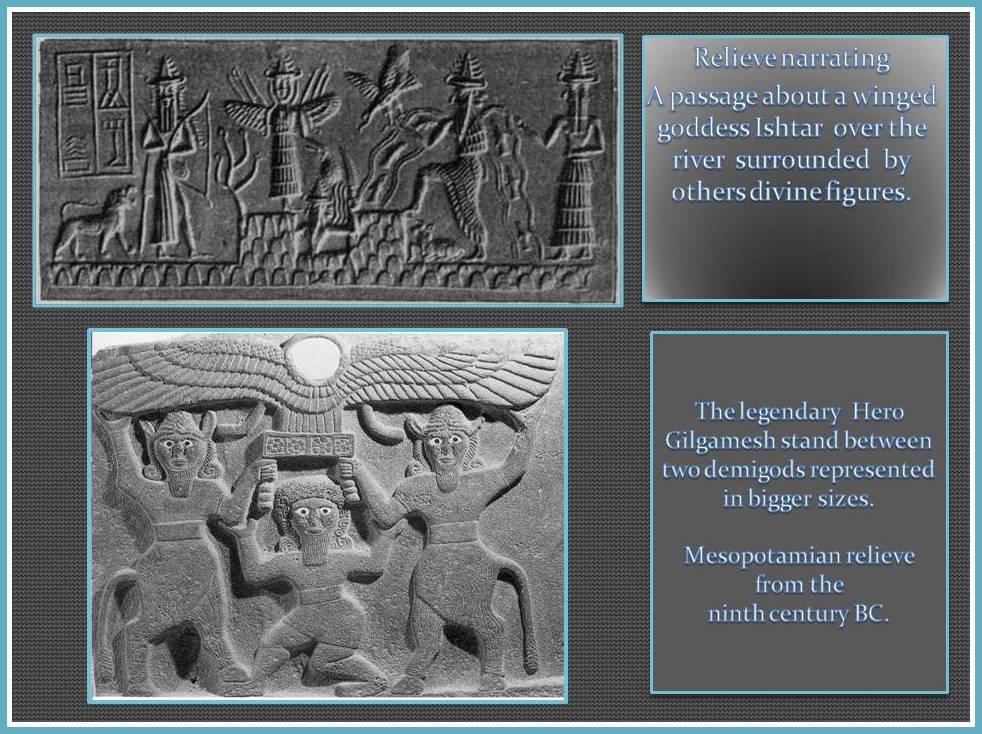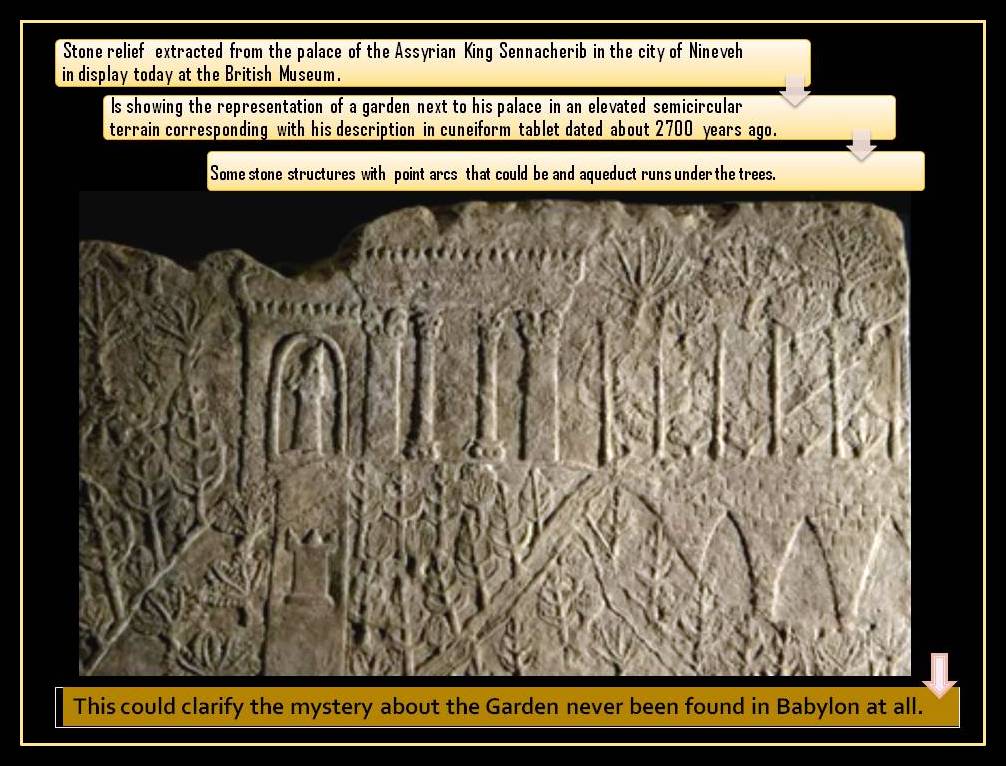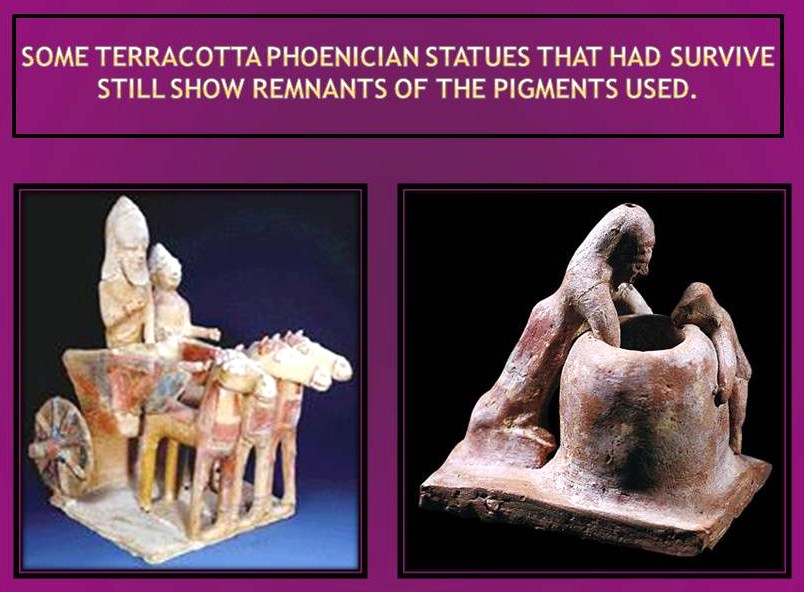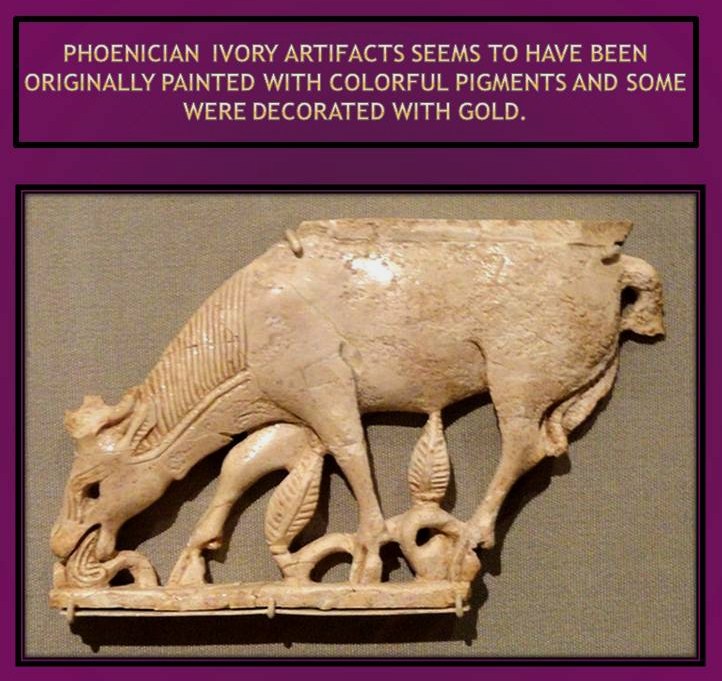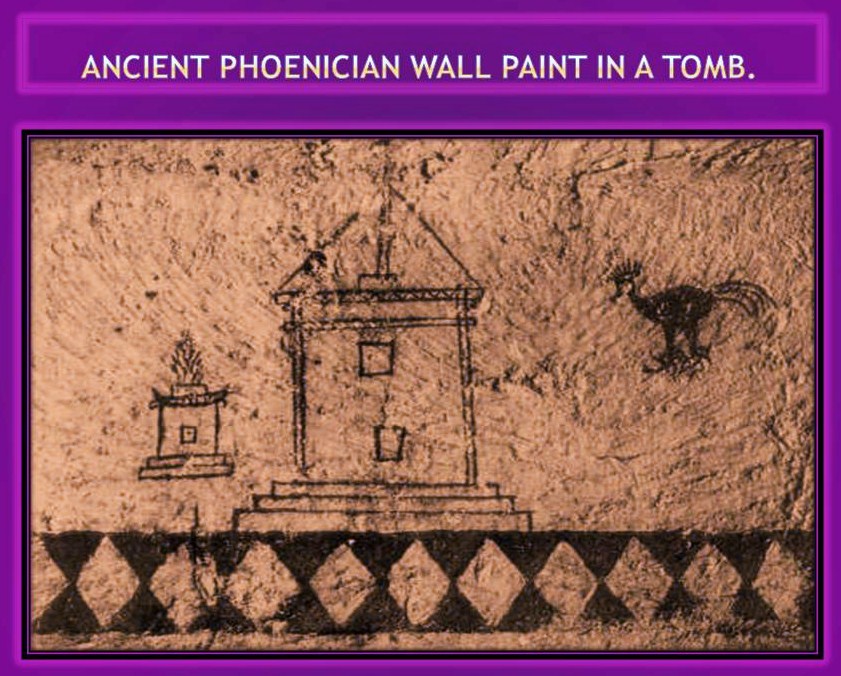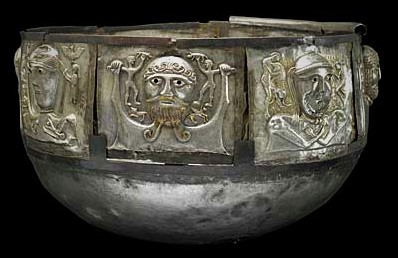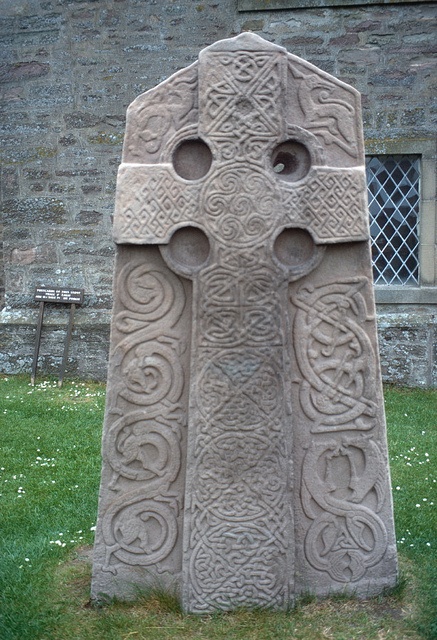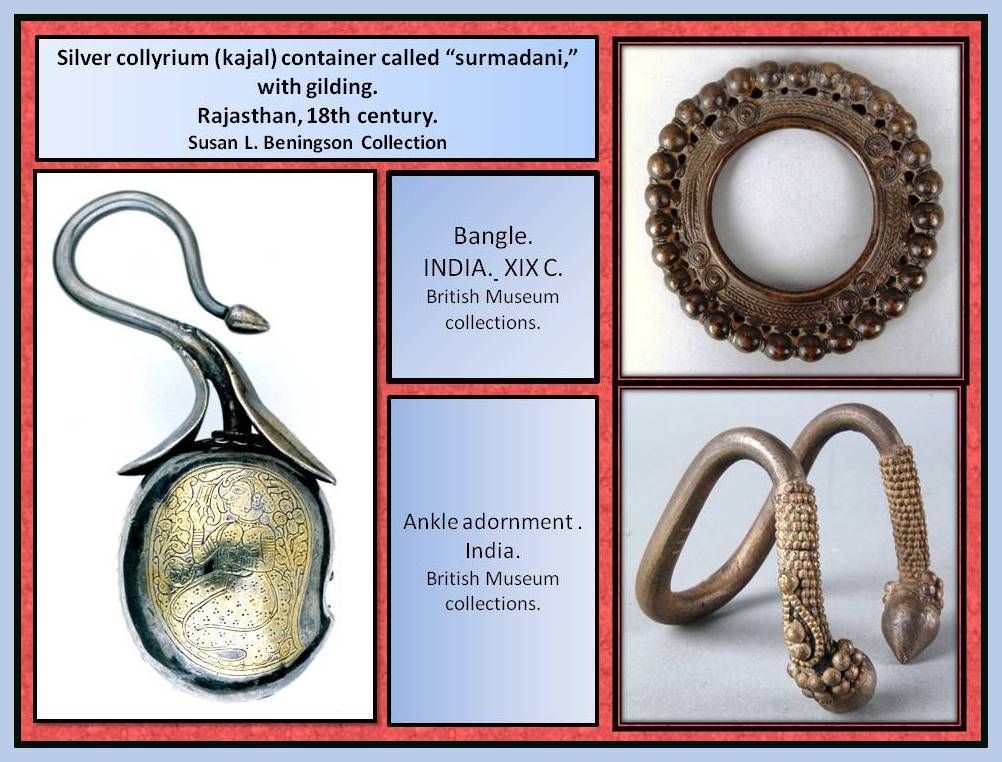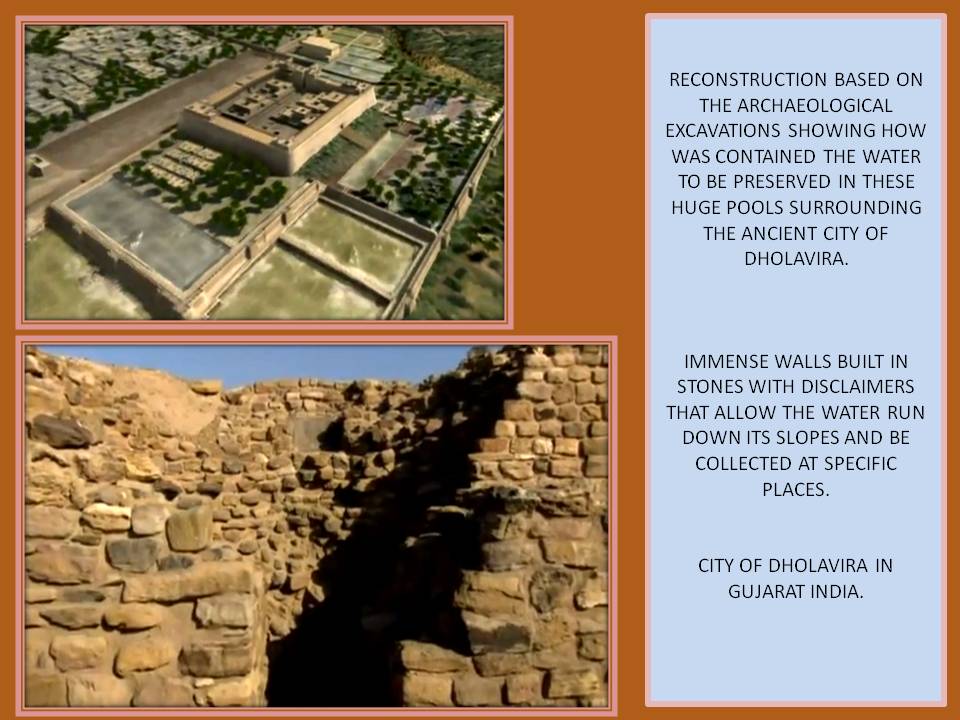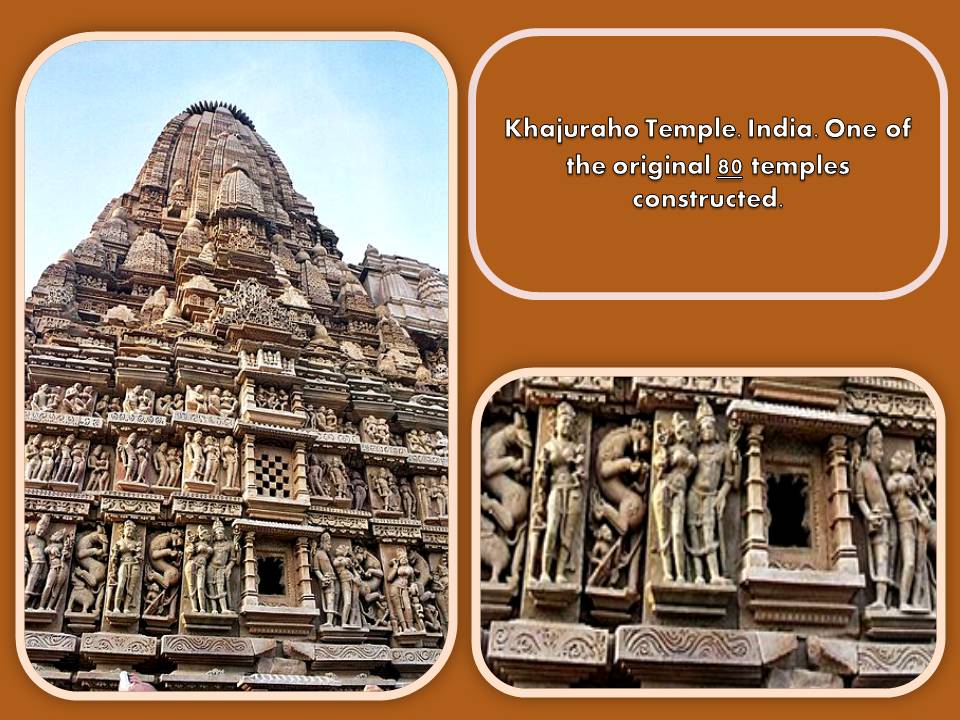Babylonian’s Myths and Legends
About how the malicious prejudice against Babylon arise.
Myths and legends of Babylon have been always a subject of curiosity and study, but only recently important historical information about this Mythical civilization is been better discerned. Thanks to the discovery of a digging in which more than 3,000 clay tablets coming from this region are emerging from the sands; some hope is shedding for better understanding the real history and evolution of the Babylonian city. Further in this article is a list and brevely description of some of the more important myths and legends that Babylonian themself created or mantein in some case from assyrian legends, that help them deal with the every day live events.
Is a mater of justice though; that some facts must been clarify firts about how this awesome civilization was unfairly proclamed by centuries as a city of sin and tiranny. They were incriminated through centuries by outsiders cultures with false perjuries, accused of have practiced heresy, supported oppression, lust and where swarmed the evil. This City drags a bad reputation that diminish the positive achievements that this civilization reached. Many of the awful legends that were created about Babylon culture are still mudding today the memory of this people as if their were facts. Their enemies from one side and the self proclaimed know it all chroniclers judged their conduct, myths and customs from a partialy points of view and moral patterns, their own of course.
Resent studies are providing a more accurately portrait about the importance that myth and legends really meaned to those ancient Babylonian. The information that existed until now was mainly obtained based on references from the Bible, Greek or Persian chroniclers. There are also further Chronicles in time by Germans, and writers from other nationalities. Throughout history this information was interpreted without having a solid knowledge of the subject by many and even worse; sifted with malicious prejudice about those who had not chance to defend them self.
In summary, different religious believe, territorial invasions and political struggles created those enemies to Babylon. As an example spoken in the Bible are many of them: from the curse of Babylon to others very venomous as well. In this passage is cited among others:
- “Babylon, the jewel of kingdoms, the glory of the pride of the Babylonians, will be overthrown by God like Sodom and Gomorrah.” She never will be inhabited or lived by following generations; “no Arab will pitch their tent there, no Shepherd will rest his flocks there”. Isaiah 13:19-20 (NIV)
Apparently the Christian thinker San Agustin De Hipona who lived approximately in the period (354-430) was one of the first instigators of this bad reputation and presents Jerusalem as the heavenly city as opposed to the demonic Babylon in his work “The city of God”. The fact of Babylon conquered the biblical city of Jerusalem; same as how also conquered other peoples; created them a resentful enemy which not overlooked the opportunity to provide bitter revenge against Babylon forever and so they did in the Bible and other works.
A Millennium after the Protestant Martin Luther (1483-1546) was added to the list of those who contributed to shaping the infamous memory of Babylon and wrote in his work programmer “De Captivitate Babylonian”, comparing the city of Rome; as a center of the hated Catholicism with whom he call “the Babylonian whore”.
The diabolic concept does not exist for Babylonian or any Mesopotamian culture. The Devil as demonic figure do not existed in Babylonians mythology. Their were considered though cruel, barbaric and diabolic by Christians and others religions that arise centuries latter. , that was and invention of monotheist religions who consider that everybody else who are not devote of one god (their god) are diabolic. but we have to wonder, what make those other religions think they were better; is they kill hundreds of thousands of men and woman only because of the suspicious of been practicing witchcraft or just for not sharing the same religious belief?. Medicine, astrology, astronomy mathematics and many other sciences well know by the Babylonians at that time suffer century’s of darkness that send human knowledge back without mercy because of those ignorant religious extremes who buried all that wisdom wrapped in malevolent, sectary and absurd religious justification calumnies.
Reasons for which the Babylonian were so found of Myth, cults and legends.
The Babylonians had the same needs of subsistence as other ancient peoples, they were conquered by others as the same they conquered other peoples, their protection needs ranging from defense against the enemy, the injustice against the weak people, favors from deities asking for appropriate weather conditions to develop their farms and all the other reasons why humans worship a deity or heroic figure; were present in Babylon and contributed to create and encourage those cults spreading them around the world. The Babylonian worldview, idolatry and mysterious symbols, which were incorporated in other religions in the rest of the world, gave much importance to the worship of demons and that is probably why Babylonia is considered the origin of the pagan religions.
But the answer about the reason for which the Babylonians were so fond of this cults and dedicate great importance to the myths and legends; that other countries also adopted from them, can be found in the fact that religious rites established a link between the human and the divine, exacerbating the collective imagination that needs them for using those beliefs to get protection and justice, and to explain the occurrence of natural phenomenon and general life itself. Their gods have multiples characteristics they have good character and violent ones, for instance the violent outbreaks need to be appease with offers or even sacrifices, for them wasn’t a choice is was more an imperative and surviving need that have to be fulfill with responsibility and devotion.
Deities acquire meaning in the interior of each culture and the human being is in charge of create, build, play and keep the signs, symbols, myths, legends, rituals, as well as the speeches and meanings that support them. All this is done in order to rely on this communication channel which is what gives meaning to their life and justifies some of their actions; as the tyranny to maintain power, slavery; the servility to the Kings and veneration to the gods.
Babylonians as many other ancient cultures around the word belief that the everyday word co-exist and overlaps with a spirit dimension and the anxiety created for dealing with this belief produce a constant source of fear, speculation and concern in such societies even though the primary intention in many cases is to resolve common problems such as illness, death, war, misfortune or as procurator of prosperity. Sorcery for evil purpose or to fight against these dark forces was also part of the rituals because they are not separate from the human nature or the divine spirituality they create.
Most of the Mesopotamian legends have a Sumerian origin, so those propitiatory and idolatry needs are as old as the man itself, they just further naturally develop better shapes and characters when civilizations were conformed. But were the Babylonians poet’s however; who described this myth and legends in their own style, captured their essences and infuse them with novel meaning in their imaginative works to the climax they were adopted by others cultures to whom the Babylonian were in contact.
Archaeologists are still finding the history of this city and much of the tablet and seals wrote in cuneiform writing form are very enigmatic and incompressible or have not been found or translate yet the complete information that can clarify all this legends. Is a long process to deal with those ancient tablets in peril of destruction once they are removed from their original site. The ignorance about the facts have now the real possibility of been explained and hopefully someday justice will be done to this incredible talented civilization.
The Tower of BABEL it is perhaps the best example of the contradiction between the reality and the myth since in almost all its historical and artistic representations it has circular and conical form, when archaeological excavations have revealed that it was square or rectangular.
The famous “Hanging gardens of Babylon“; called like that by mistake of translation from the Greek language were involved in a legend as well and recently archeological discovers pointed that probably they were not even in Babylon.
The new studies reveals that this gardens where probably part of the complex engineering watering system that provide this precious resource to the ancient city of Nineveh (currently name Mosel); that is not close to Babylon. The gardens are located next to the palace of the Assyrian king Sennacherib. He was a powerful king responsible for the construction of many fabulous architecture structure many year before the Babylonian king Nebuchadnezzar was born. Dr. Stephanie Dalley of Oxford University’s Oriental Institute and author of “The Mystery of the Hanging Garden of Babylon” traveled to one of the most dangerous places on earth to prove not only that the Hanging Gardens of Babylon did exist, but also to identify where they most likely were located, describe what they looked like and explain how they were constructed in this episode of the PBS series Secrets of the dead. The lost Gardens of Babylon.
I recommend to every one to follow the link to see this episode which is going to provide interesting actual facts about this studies.

Probably one of the more known passages from Babylonian mythology is the one that narrate the history of the creation, which appears as well in many other religious accounts including the Bible itself. Even when Babylonian myths and legends were so hate by most of the other religious for centuries, were precisely their stories that provide most of the source for many of those other religions; pagans or not.
Some of the myths that Babylonian created to deal with their reality that are known so far:
– TIAMAT – Is a folklore figure (ASIRIO-BABILONICO) is a dragon that symbolized the ocean water in Babylonian mythology, the origin of life together with Apsu, which symbolized the fresh water. By artistic representations and narratives of the period is known to have aspect of serpent or dragon, with two or four limbs, wings, and a head with horns.
This myth is collected in a poem called “Enuma Elish”, (2,000 BC) that tells how from her, representing the primordial chaos, were created the heaven and the Earth, and later, together with Apsu, the first gods. But legend tells us that these gods altering the order and worried his mother, Tiamat. Then Apsu decided to kill their offspring, but when they learned of his plans, began a bloody fight. Tiamat created an army of eleven sharp-toothed monsters to annihilate them.
– Mushussu: Another dragon, contained three-headed demon created by Tiamat fought against these gods, who were led by Marduk.
– Marduk: the God of storms is directly associated with the creation myth. He is usually linked with the origin of agriculture, the growth of vegetation and water fertilizer action. He sent a thunderbolt to Tiamat, and when she opened the mouth, helped by a hurricane he created that forced her to keep the mouth open and inflated her stomach stabbed her with an arrow in the heart. Marduk then created the sky with one half of Tiamat body and the Earth with the other and of her tears was created the Tigris and also the Euphrates.
– Ishtar: She was originally a goddess mother, eventually eclipsed all the other female deities of Babylon. She was also referred as the daughter of Anu, the sky or the goddess of the Moon, and the sin.
The goddess Ishtar visited Hades to find the lover of her youth. According to the passage; she crossed through the seven gates of Hades and was stripped of her clothes gradually until was naked completely before the Queen eye’s who decides to punish Ishtar for her arrogance; populating it with illness throughout her body. She was rescued by the man – lion Nadushu-namir.
– Nimrud: Was a skilled hero in killing wild beasts. After having obtained prestige among the people, devised a system that allowed greater protection and safety instead constantly fight with wild beasts, organized people in cities surrounded by walls for shelter. Once the cities were built, they would form a united kingdom and therefore required a King, he took position as king with the approval of their peers.
– Sammur-amat or “gift from the sea”; with the later Hellenized name of Semiramis, was the beautiful wife of Nimrud. Later in Semiramis life, as well as throughout history her present overwhelmingly opaque her husband figure influence.
The legend tells how she was possessed and the evil being within her made she commits sin. The Queen gave birth to an illegitimate son, and the King threatened to her dethronement and the exposure of its true origin. Semiramis elaborate a plot to overthrow Nimrud. At the ceremony of “New year” when she stated a RAM who was slaughtered and eaten raw traditionally while still alive, with the exception that when it came that time, instead of the RAM was the King who was made pieces. The son of Semiramis “Damu” in Babylonian “Dammuzi” was installed as King.
– King Hammurabi: Powerful figure in Babylonia’s history. He created the first written laws and to warrant they remain immutable by his successors; so they could not introduced any modification to his code or abolish this legislation, he write and cast curses upon their heads if any change was intended. For those who do not obey him, also stipulate that disobedience to its laws will brings serious consequences as the devastation of the country, reducing to rubble of cities, the sinking of the villages, disturbances and uprisings, physical suffering, incurable diseases and premature death.
– The story of King Nebuchadnezzar: About the year 560 BC was told in the biblical text of the Hebrews, which says that God punished this King making it like a beast, eating grass and living as a beef animal.
– Nergal: known as the God of plague and Babylonian mythology was originally the God of death or war. It was a frightening monster, who took advantage of every opportunity to destroy their victims. The Babylonians to defend against their attacks carried out sacrifices and incantations. This mythological explanation suggests the use of sorcery, although this practice was punished it with the death penalty.
– Tammuz: Son of the Solar God, symbolized with the golden calf, and as it was considered that Nimrud was the Solar God or Baal, the fire was considered as his representative on Earth. For this reason, ritualistic were lit chandeliers and fires in his honor.
– Gilgamesh Through this famous epic an adventurer with supernatural strength seek to free the land from the evil inflicted on by the monster Huwawa. The popular story of this hero make the imagination of people mistakes him for a God. This is the first narrative to record the combat between good and evil. This story originated in Sumerian myth had much popularity in Babylon and Assyria and has been frequently represented in the art of Mesopotamia.
– Etana mounted on the back of the Babylonian Eagle. In a fragmentary Tablet preserved in the library of Ashur Banipal; the Assyrian monarch is narrated the legend of Etana who gained the help of the Eagle to go in search of the plant of birth assistance. His wife was about to become a mother and was therefore in need of magical aid.
– Babylonian calendar: Mythology also framework guidelines of the Babylonian calendar. Every day and every month it had the protection of some divinity, reaffirming the relationship with the seasons and with certain aspects of everyday life. The Babylonian week was made up of seven days and its origin lies in the fact of associating a day with each of the deities identified with the seven moving heavenly bodies. The seventh day of the week (Shabbat) was established as a day of rest, in very remote times. The principle of this kind of seven-day weekly calendar was welcomed by other peoples and religions also, arriving to our days.
– The epic of Ammisaduqa: He was the hero of the Babylonian flood story; tells how the gods, after several attempts to destroy humanity, which had been making too much noise for their discomfort, finally arranged for with a huge flood drown the world; the God of wisdom, Enki, secretly warned his devotee Atrahasis what was going to happen, allowing him to prepare a boat, in which he, his family and their animals were saved. This story is similar to the story of Noel epic flood in the bible.

Bibliography:
– Montero Fenollos Juan Luis. Brief History of Babylon.
– Ligia Carvajal. Babylon: myth and reality. Society culture and political organization. Not.23/annual/2010/ISSN 1659-3316.
– Lurker, Manfred (1998). The message of symbols, myths, cultures and religions. Barcelona, Spain. Editorial Herder.
– Donald A. Mackenzie. Myths of Babylonia and Assyria. September 5, 2005 [EBook #16653.] Character set encoding: ISO-8859-1.
– Dr. Stephanie Dalley of Oxford University’s Oriental Institute and author of “The Mystery of the Hanging Garden of Babylon”in the PBS episode of Secret of the dead.
– Susan Greenwood. The Encyclopedia of Magic and Witchcraft. USA. 2001. BY Lorenz Books Editorial.




